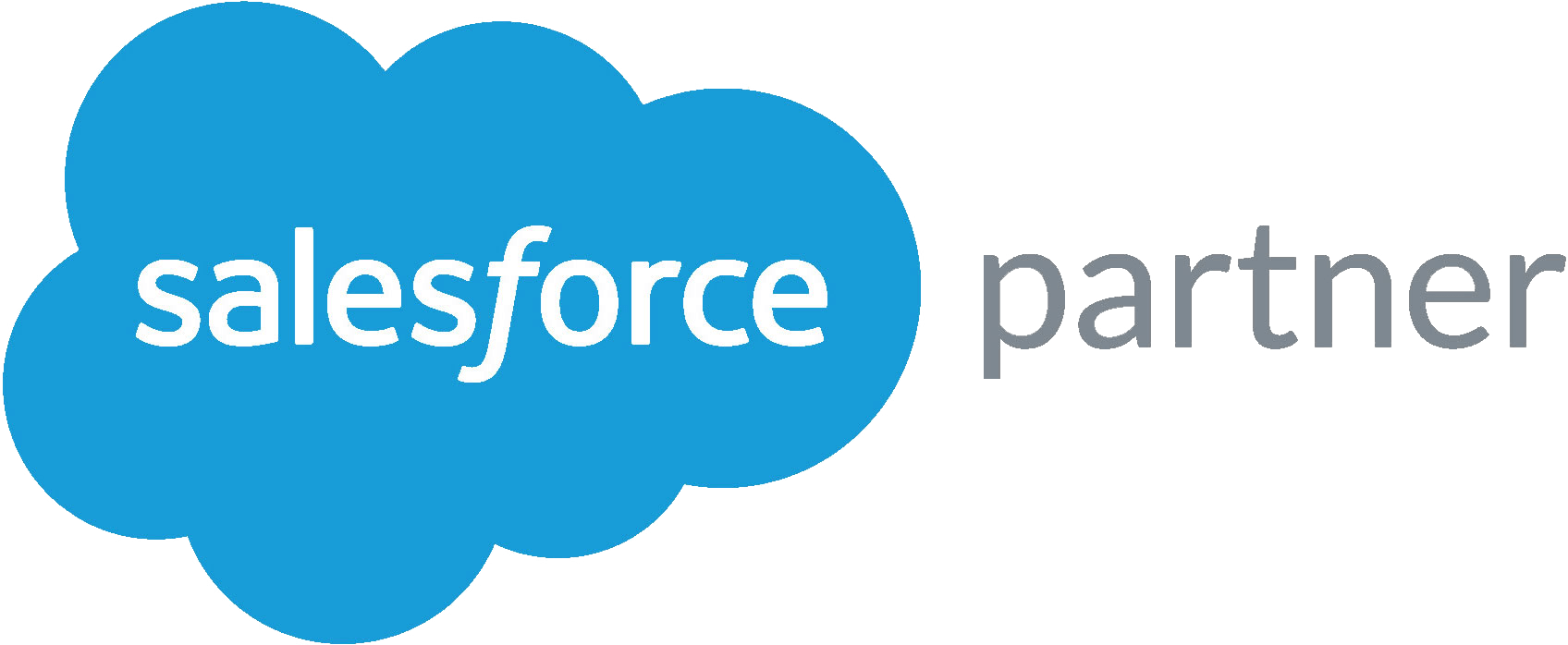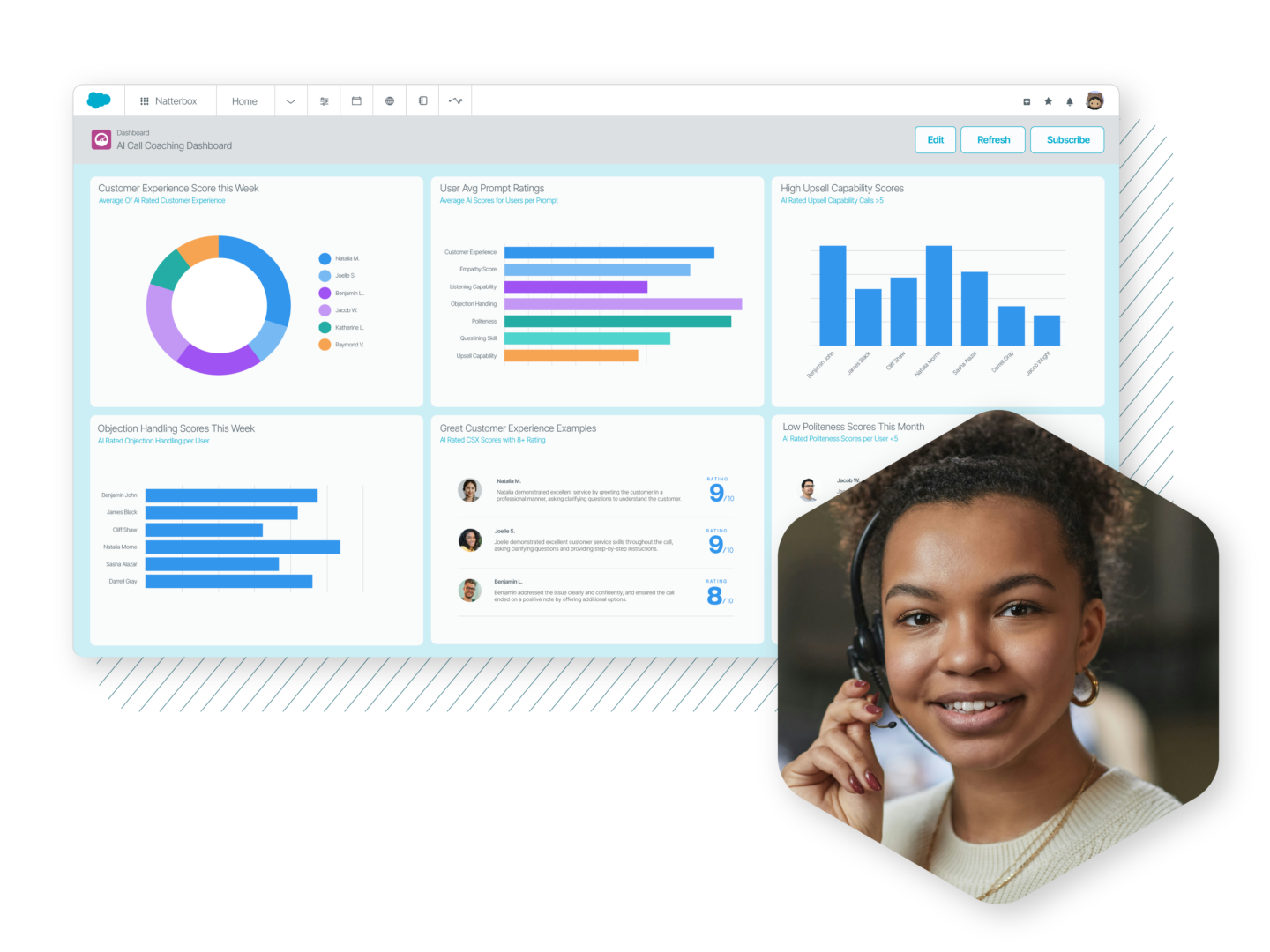Contact Centers
Voice
Cloud vs Hosted? Same Same but different!
Natterbox Team

Cloud vs hosted vs SAAS hosted telephone systems?
Moving your PBX to the Cloud is no longer an exotic idea. We are now seeing broad adoption of this strategy for business telephony but if you regularly hear the words Hosted, Cloud and SaaS (Software-as-a-Service) used in the same sentence to describe the same thing you are not alone. There is understandably some confusion around these interchangeable terms so it’s worthwhile you pressing your Hosted/Cloud/SaaS provider for more information about what they are actually offering and digging a little deeper on the underlying infrastructure strategy for whatever Cloud/Hosted/SaaS service you are contemplating.
We’ll look at all three of these terms in the context of a PBX / Contact Centre however they are equally as applicable to many other systems. From the outset it is worthwhile remembering that all three methods aim to deliver similar benefits to their users albeit limited to varying degrees by their underlying strategies;
- Outsource infrastructure and maintenance
- Per user per month pricing model
- Geographic independence
- Disaster Recovery
- Scalability
Hosted PBX
A Hosted PBX means the telephone system is housed and made available to your business from a building or data centre that is not the same as your location. Hosted PBX solved some of the aforementioned objectives but not all. If the Hosted PBX is based on Asterisk, which is common, then the system would soon run into scalability problems, as would with any other system originally designed as an on-premise solution or for a single customer (single tenant).
At its root architecture Asterisk does not support multi-tenancy which along with scalability problems has security implications. Providers using this platform will typically just run up another Asterisk server which is one way of addressing the challenges however the trade-off is that the provider now has multiple systems and software versions to maintain effectively doubling their technical debt which ultimately impacts the customer in terms of reliability.
Cloud PBX
A Cloud PBX or “True Cloud” as some like to call it is a multi-tenant system (multi-customer), which unlike Hosted PBX solves the challenge of scalability allowing you to add as many users as you need regardless of their location and without consideration for user limits. Rather than having to run up another server to meet demand, providers of multi-tenanted systems simply add more computing power and storage to their service. As I eluded to earlier multi-tenant systems provide greater security because they natively provide the ability to serve multiple tenants on different domains or sub-domains in a segregated manner, ensuring that a tenant cannot call another tenant through an extension call or access any data belonging to another tenant for that matter.
Cloud PBX also provides a far more robust platform for customers because they are by their underlying design less complicated to manage than their Hosted PBX predecessors.
Software-as-a-service
Software as a service is the software licensing and delivery model on which applications provided on a Cloud Computing platform (like Cloud PBX for example) are sold. This is typically calculated on a per user per month basis and commonly charged on an annual term or multi-year contract.
Global Cloud PBX
However, Cloud Telephony is not without its challenges either and a major one has to do with your location relative to your Cloud telephony service. For example, when you make a call to a local number over the Public Switched Telephone Network (PSTN) the call is switched locally and you generally have a good local call experience. However, if you are in the UK and make a local call but your Cloud telephony service is really in America (which is not that uncommon) the two parties on the call are going to experience the kind of call lag you get when making an overseas call. This is because even though you are calling a local number, your call is in fact traversing the globe and incurring International call latency.
Single cloud telephone system for multiple geographies
Because many of our customers operate in multiple geographies we know that international call lag on a local call is not an acceptable user experience. Natterbox solved this problem for our customers by having multiple data centres in all the major geographies operating as a single Cloud, however the difference is that we perform the call switching locally or as proximate to the calling parties as possible mitigating international call lag and delivering a PSTN user experience that customers expect.
– Charles Heunemann



